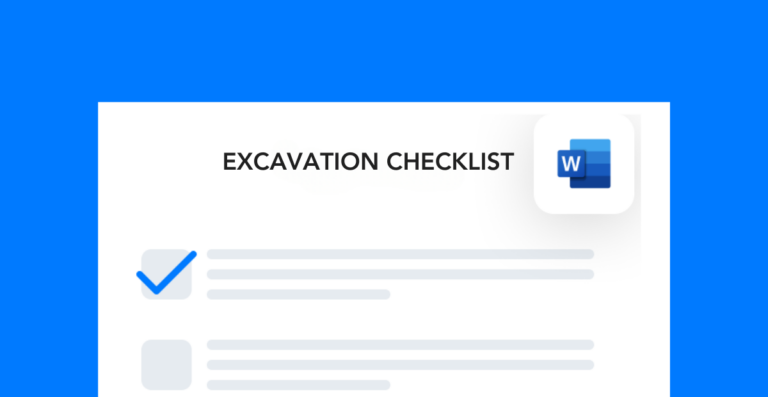Site preparation contractors play a big role in ensuring the safety of a construction worksite. Auditing their work is a preventive measure that you can take to protect your workers. By documenting your audits, you can better maintain regulatory compliance and defend yourself against litigation.
What is a site preparation contractor?
Site preparation contractors are individuals or companies that get a construction site ready for work to begin. These contractors excel in clearing and grading the land, among other tasks.
The purpose of hiring contractors is to ensure that the worksite is properly graded to accommodate the project plans. If you don’t do this beforehand, you’ll almost certainly come across roadblocks that slow down your project or make it more dangerous for workers.
What is involved in site preparation?
The specific steps in the site preparation process vary depending on the type of project and its location. Factors such as nearby structures, weather conditions, soil type, and local building regulations all influence how the work is carried out. However, most site preparation projects typically include the following core steps:
- Test the soil: Do a soil test to verify that it can withstand the project you’re building.
- Survey the ground: Check for wires, telephone lines, etc., that might be underground.
- Secure the area: Put up fences, wire, and other security features to protect the site.
- Install site boundaries: Block off the construction zone with boards and/or fencing.
- Clear the land: Remove existing structures, trees, and other debris.
- Grade the land: Get the land to the correct level for excavation to start.
- Set up utilities: Run utilities for power, water, and gas to the site, necessitating skilled contractors for preparation.
The specifics for these steps should be outlined in your project planning document. You’ll want to know the results of your soil tests and ground surveys before you start any work.
Free checklist!
Download this free excavation checklist to create a site-specific document for your team to use.
How can I audit site preparation contractors?
The key to effectively auditing your site preparation contractors is to establish clear expectations from the outset. You should be familiar with both the technical requirements—such as soil quality and grading—and the operational preferences for how the site should be organized.
It becomes difficult to evaluate contractor performance without defined expectations in place before work begins, i. To stay proactive, conduct ongoing audits at each stage of the process. Start by verifying the results of soil tests and ground surveys to ensure alignment with project specifications.
Then, verify that the contractors have all the correct permits. You’ll need to have an open line of communication with your contractor and to establish your standards early on. Otherwise, it’s easy to fall behind on auditing each step, making it more challenging to track the work of preparation contractors.
While audits can be tedious, they’re essential for ensuring the safety of the worksite. Since you’ll be liable for injuries and accidents at your worksite, you must make sure the work’s done correctly. If everything is safe to begin with, you’ll be better prepared to address and remove any safety concerns that come up.
How should I track my audits?
Tracking your audits is important for protecting your company against litigation or regulatory citations. That’s because it demonstrates your commitment to establishing and maintaining a safe worksite.
The best way to track audits is with audit tracking software. Software has many benefits over manual tracking systems, including:
- Making it easier to assign audits
- Giving you greater visibility over audit progress
- Allowing you to send reminder notifications
- Providing easy access to past audit data
- Storing all your data in one location
- Making audit documents accessible to everyone
Frontline ACT is a great option for tracking not only site preparation contractor audits but also inspections, continuous improvement projects, hazard assessments, and more. Book a demo with our sales team to learn more about it, or watch the webinar below.




